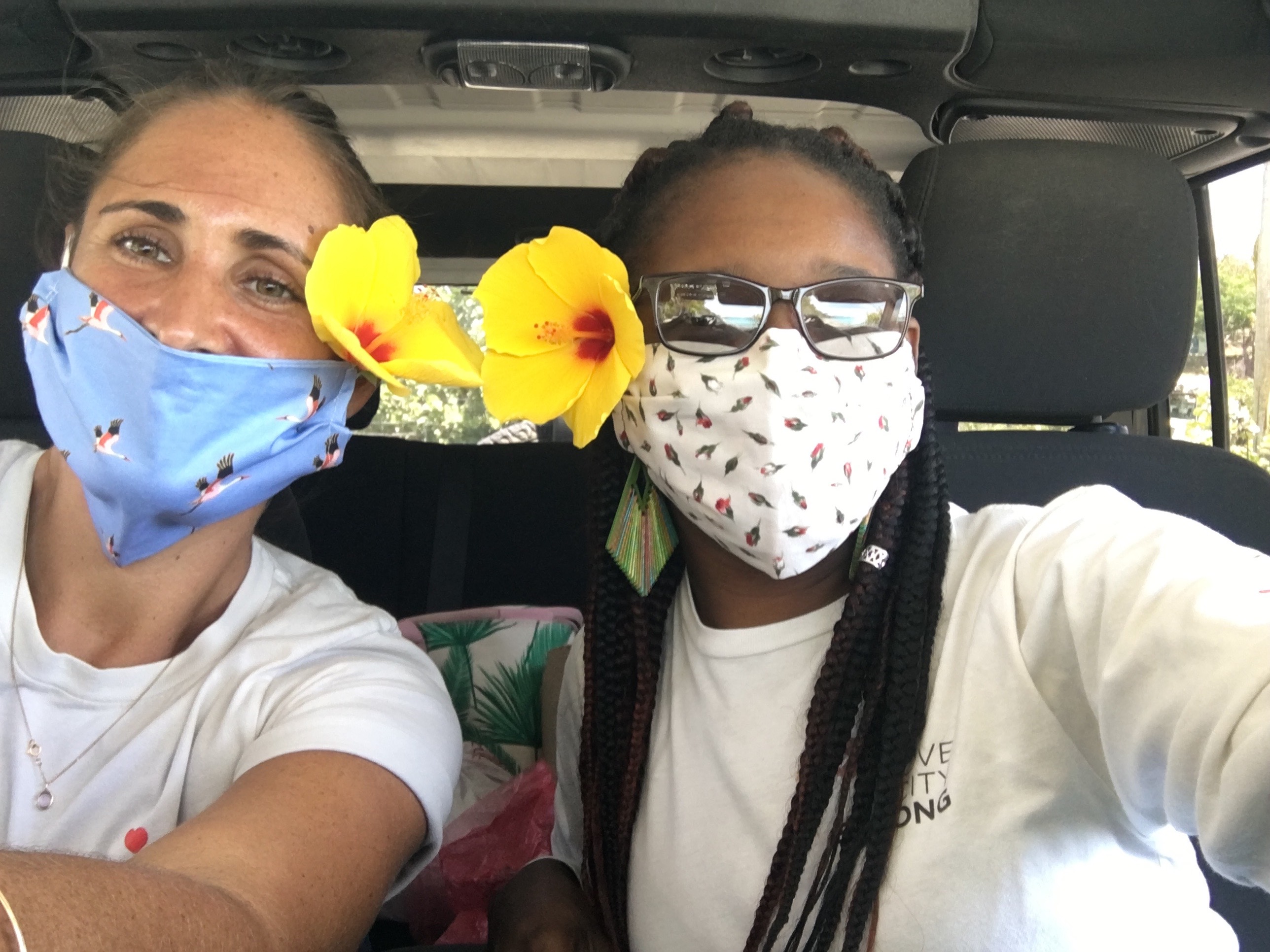Flexibility in Philanthropy

As COVID-19 continues its impact across the globe, nonprofit organizations have stepped up to help their communities by addressing gaps in the pandemic response in a variety of ways. In turn, there has been a significant trend in large philanthropic organizations rising to the occasion and modifying the way they do business with nonprofits.
Some foundations have helped by ramping up their allotment of funds to cover general operating costs — A sticking point in an industry that demands low overhead yet high benchmarks for success and sweeping outcomes — While others have extended funding deadlines or shifted funding requirements entirely.
At Love City Strong, many of our original plans for 2020 were put on hold temporarily (or in some cases indefinitely) in favor of pivoting to address community needs caused by the pandemic. Providing PPE to first responders and healthcare workers, feeding the community during the Virgin Islands’ initial lockdown, and bulking up a backstock supply of PPE in anticipation of a second wave of cases became our priorities.
Fortunately, we benefited from the flexibility and generosity of one of our key philanthropic funders. The Community Foundation of the Virgin Islands (CFVI) has been a tremendous help to our organization in this time of need. They not only allowed funds granted in 2019 to be extended through the end of 2020, but also for the funding to be pivoted from its original purpose, and instead used for our COVID-19 response efforts.
Without their support, none of our COVID-19 microprograms would be possible. It is refreshing and heartening to see large donors and philanthropic organizations like CFVI pivot to address funding the world’s ever changing needs, just as NGOs have pivoted to address those needs on the ground.
I believe that this fluid, all-hazards approach is the future of efficient and inclusive disaster response, as nonprofits and faith based organizations continue to do what is necessary to ensure the safety and wellbeing of the communities that they serve. With less trepidation about funding general operating costs, and relaxed requirements on how philanthropic funding can be used, there is no telling how much nonprofits can accomplish moving forward. The question is whether these philanthropic commitments to increase funds, provide more flexibility, and limit asks of nonprofits will become part of the “new normal” — Or whether the habits of big donors will return to business as usual.
